Animals
The Majestic Giants of the Ocean: Whales
Published
1d agoon
/ 9277 Views
Whales are among the most awe-inspiring creatures on Earth. As the largest Animals known to have ever existed, these majestic giants coMMAnd our fascination and respect. Their sheer size, intelligence, and the mystery surrounding their deep-sea lives make whales a subject of endless curiosity and wonder. This article delves into various aspects of whales, exploring their biology, behavior, significance in ecosystems, and the conservation efforts necessary to protect these incredible Animals.
Whales belong to the cetacean order, which also includes dolphins and porpoises. There are two main suborders of whales: baleen whales (Mysticeti) and toothed whales (Odontoceti). Baleen whales, such as the blue whale, humpback whale, and gray whale, have baleen plates instead of teeth. These plates act as a filter-feeding system, allowing them to consume vast amounts of tiny prey like krill and plankton. On the other hand, toothed whales, including sperm whales, orcas, and dolphins, have teeth and typically hunt larger prey such as fish and squid.
The blue whale holds the title of the largest animal ever to have lived on Earth, reaching lengths of up to 100 feet and weighing as much as 200 tons. Their immense size is not just a marvel but also a crucial adaptation for their deep-sea Lifestyle. Despite their enormity, blue whales primarily feed on tiny krill, consuming up to four tons of these small crustaceans each day during the feeding season.
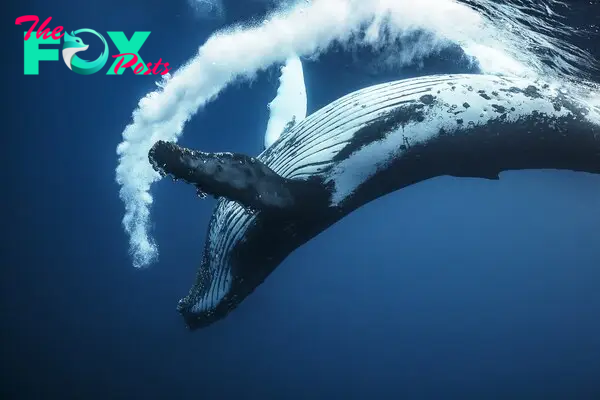
One of the most remarkable aspects of whales is their intelligence. Whales have large and complex brains, and evidence suggests they possess sophisticated problem-solving abilities, social structures, and even cultural transmission of knowledge. Orcas, or killer whales, are particularly known for their intelligence and complex social interactions. They live in matriarchal pods, with strong family bonds that last a lifetime. Orcas have also been observed using tools and teaching hunting techniques to younger pod members, indicating a high level of learning and cultural transmission.
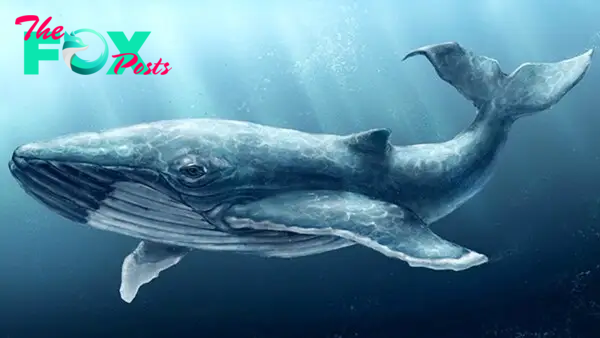
Whales play a significant role in marine ecosystems. As apex predators, toothed whales help maintain the balance of marine life by regulating prey populations. Baleen whales, through their feeding and migratory behaviors, contribute to nutrient cycling in the oceans. When whales feed in the nutrient-rich polar waters and then migrate to warmer regions, they transport essential nutrients across vast distances. Moreover, whale feces act as a fertilizer for phytoplankton, which forms the base of the marine food web and plays a crucial role in carbon sequestration.
The relationship between humans and whales has been complex and evolving. For centuries, whales were hunted extensively for their oil, meat, and baleen. This whaling industry brought many species to the brink of extinction. However, with the advent of international conservation efforts and the establishment of organizations like the International Whaling Commission (IWC), commercial whaling has significantly declined. Today, many whale species are recovering, although some still face threats from illegal whaling, bycatch, ship strikes, and habitat degradation.

Modern whale conservation efforts focus on mitigating these threats and promoting the recovery of whale populations. Marine protected areas (MPAs) have been established in key habitats to provide safe havens for whales. Efforts to reduce ship strikes include modifying shipping lanes and implementing speed restrictions in whale-populated areas. Additionally, advancements in fishing gear Technology aim to reduce bycatch, a significant threat to whales that often get entangled in fishing nets.
Public awareness and Education are also crucial components of whale conservation. Whale watching has become a popular and lucrative industry, providing economic incentives to protect these magnificent creatures. Responsible whale-watching practices ensure minimal disturbance to the Animals while fostering appreciation and support for their conservation.
The future of whales depends on our continued commitment to their protection. Climate change poses a significant challenge, as shifting ocean temperatures and ice cover impact whale habitats and food availability. Addressing climate change and reducing pollution are vital steps to ensure the health of marine ecosystems and the survival of whale populations.
In conclusion, whales are extraordinary creatures that captivate our imagination and play vital roles in the marine environment. Their impressive size, complex behaviors, and ecological significance underscore the importance of continued conservation efforts. By protecting whales and their habitats, we not only preserve these majestic giants but also contribute to the overall health and balance of our planet’s oceans. The story of whales is a reminder of the interconnectedness of all life on Earth and our responsibility to safeguard the natural world for future generations.
You may like
-


Gentle Giants of the Deep: Exploring the World of Whales H11
-
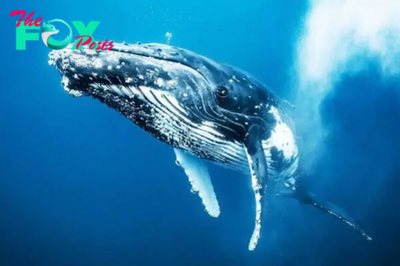

The Enigmatic World of Whales: Giants of the Ocean H13
-


The Majestic World of Whales: Giants of the Ocean H11
-
“Bears: Guardians of the Wilderness”
-


The Enigmatic Fox: Intelligence, Adaptability, and Ecological Role H13
-


The Majesty of Whales: Guardians of the Ocean’s Legacy H14
Millions Swelter Under Dangerous Fourth of July Heat Wave
Benzos like Xanax may shrink the brain in the long term, study hints
It’s my birthday today, hoping to receive some love and warmth here.hanh
Boeing P-8 Poseidon: A Specialized Submarine Hunter.hanh

Jason and Kylie Kelce Raise Nearly $1 Million for Important Cause: ‘We Are So Proud’

Olympian MyKayla Skinner Says Comments About 2024 Gymnasts’ Work Ethic Were ‘Misinterpreted’

Dragon-shaped aurora and 'scream of a dying star' revealed as 2024 Astronomy Photographer of the Year finalists

Grand Canyon-size 'scar' on Mars revealed like never before in striking new satellite photos

.Global Sensation: Mesmerizing Footage of Giant Prehistoric Swordfish Captivates Audiences..D

Euro 2024: Portugal vs. France odds, picks and predictions

LA Galaxy vs. LAFC odds, picks and predictions

Seattle Mariners vs. Toronto Blue Jays odds, tips and betting trends | July 5
Trending
-
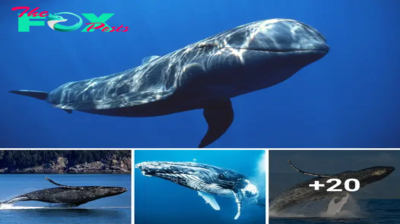
 Animals3h ago
Animals3h agoWhales: Guardians of the Oceanic Realm: Their Majesty and Conservation H14
-

 Animals3h ago
Animals3h agoAstonished divers find a massive black fish with serrated teeth.
-

 Animals4h ago
Animals4h agoIt’s Mara-Donna! Hilarious pictures shows two-year-old elephant wowing crowds with her football skills before Euro
-

 Animals4h ago
Animals4h ago‘New Grumpy Cat’ has permanently sad face due to rare medical condition
-

 Animals5h ago
Animals5h agoWorld’s shortest dog is just 3.59 inches tall — and ‘a bit of a diva’
-
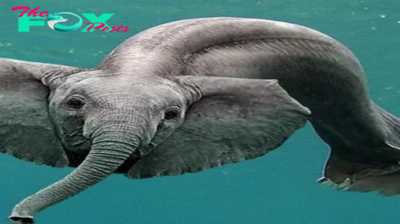
 Animals9h ago
Animals9h agoA dolphin-elephant hybrid in the water? The wonders of nature are endless.
-

 Animals9h ago
Animals9h agoDreams and amazing stories: Giant Octopus with King Cobra.
-

 Animals10h ago
Animals10h agoWorld’s deadliest — but most adorable — cat arrives at Utah Zoo: ‘feisty personality’







